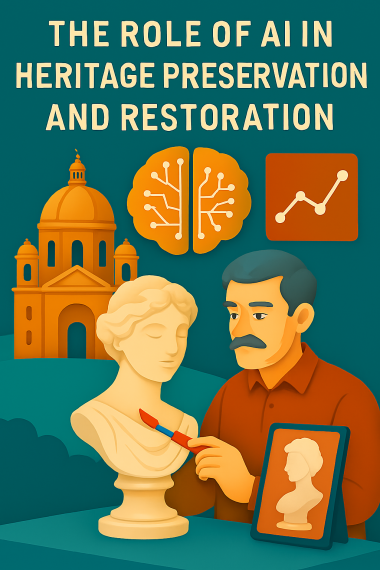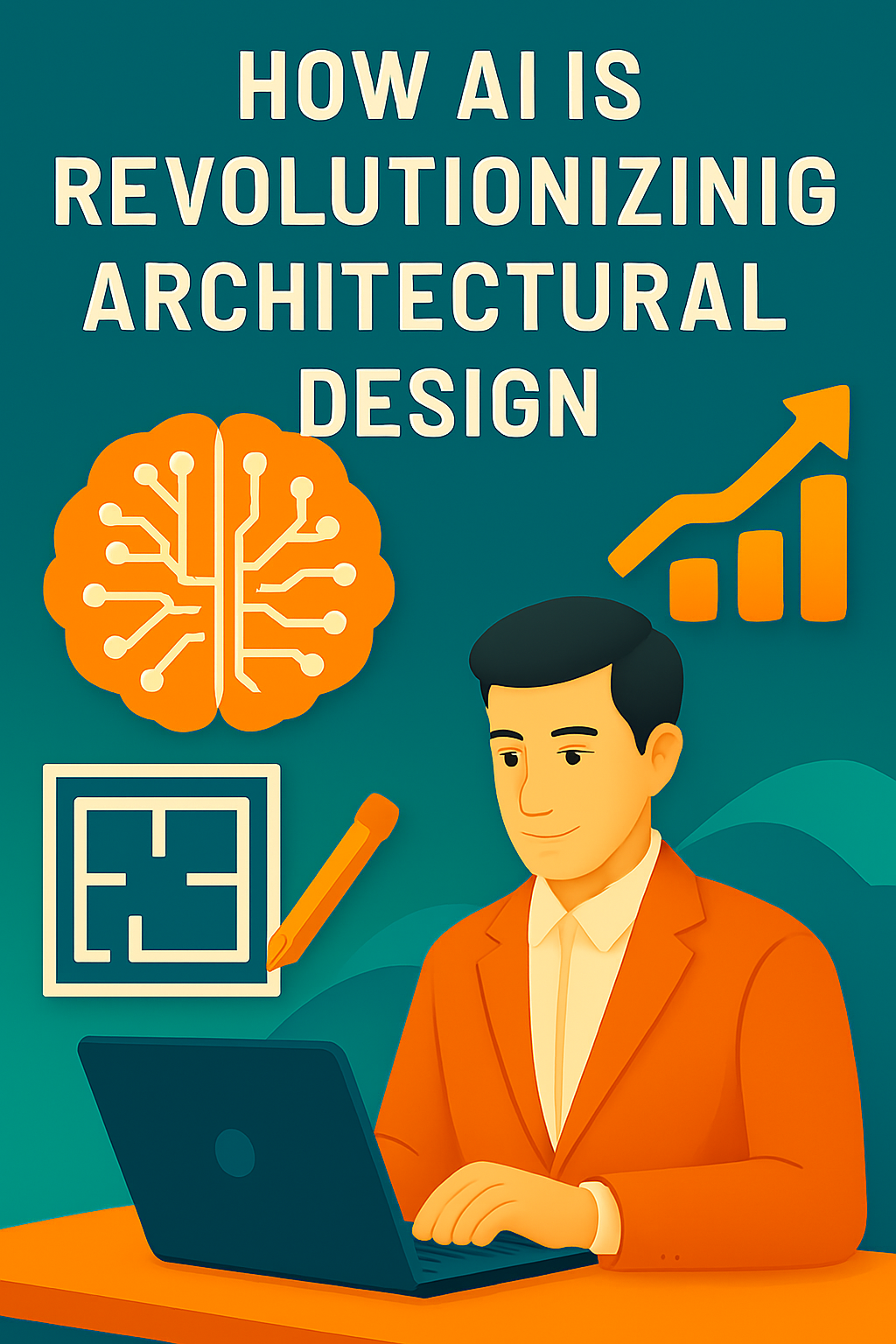The Role of AI in Heritage Preservation and Restoration

Heritage preservation and restoration are vital for safeguarding the cultural and historical identity
of societies. However, these tasks are often fraught with challenges, including the degradation of
materials, lack of documentation, and the sheer complexity of restoring ancient structures or
artifacts. Enter artificial intelligence (AI): a game-changing technology that is transforming how
we protect and restore our cultural heritage.
This article explores the various ways AI is revolutionizing heritage preservation, the benefits it
offers, and the challenges involved in implementing these advanced technologies.
How AI is Transforming Heritage Preservation and Restoration
- 3D Scanning and Reconstruction: AI-powered tools enable the creation of accurate 3D
models of damaged or incomplete structures. By analyzing historical data, photographs,
and existing architectural elements, AI can reconstruct missing parts digitally before any
physical restoration begins. - Image Analysis and Enhancement: AI enhances the quality of old or damaged
photographs, blueprints, and documents. Tools like deep learning algorithms remove
noise, improve resolution, and restore faded details, making these resources more useful
for preservation efforts. - Predictive Maintenance: AI monitors environmental conditions, such as humidity,
temperature, and pollution levels, to predict the potential deterioration of heritage sites
and artifacts. This allows for proactive preservation measures. - Material Analysis: AI algorithms analyze the composition of materials used in historical
artifacts and structures, aiding in the selection of compatible materials for restoration. - Automated Documentation: Machine learning models process vast amounts of
historical records to generate comprehensive documentation about heritage sites, filling
in gaps where information is incomplete. - Virtual Reality (VR) Experiences: AI, in combination with VR, creates immersive
experiences that allow people to explore restored heritage sites virtually, broadening
access and raising awareness.
Benefits of AI in Heritage Preservation
- Accuracy: AI reduces human error by relying on data-driven analysis to guide
restoration and preservation efforts. - Cost Efficiency: AI optimizes resource allocation, reducing costs associated with manual
surveys and trial-and-error methods in restoration. - Time Savings: Automated processes significantly shorten the time required to document,
analyze, and restore heritage sites and artifacts. - Accessibility: Virtual restorations and digital archives make heritage accessible to a
global audience, even if physical access is restricted. - Sustainability: AI helps identify sustainable materials and methods for restoration,
ensuring minimal environmental impact.
Challenges in Using AI for Heritage Preservation
- Data Limitations: AI relies on high-quality data for training. In many cases, historical
data is incomplete or inconsistent, limiting the accuracy of AI models. - High Costs of Technology: The development and implementation of AI solutions can be
expensive, particularly for smaller heritage organizations. - Ethical Concerns: The use of AI to reconstruct heritage raises questions about
authenticity and the line between restoration and re-creation. - Skill Gaps: Preservationists may require training to effectively use AI tools and interpret
their outputs.
Case Studies: AI in Action
- Notre-Dame Cathedral (France): Following the 2019 fire, AI and 3D modeling were
used to digitally reconstruct the damaged portions of the cathedral, guiding restoration
efforts. - Pompeii (Italy): AI tools analyze ancient texts and archeological data to recreate parts of
the city, enhancing understanding of its historical context. - Buddhas of Bamiyan (Afghanistan): After their destruction, AI and 3D modeling were
employed to virtually restore these iconic statues, offering a glimpse of their former
glory.
The Future of AI in Heritage Preservation
As AI technology evolves, its role in heritage preservation and restoration will expand to
include:
Real-Time Monitoring Systems: IoT sensors integrated with AI algorithms will enable
real-time monitoring of heritage sites, detecting potential risks instantly.
AI-Driven Research: Advanced AI models will analyze massive datasets from
archeological sites to uncover new insights about ancient civilizations.
Collaborative Restoration Platforms: Cloud-based AI systems will facilitate
collaboration among preservationists worldwide, sharing data and techniques seamlessly.
Cultural Storytelling: AI will generate interactive and personalized narratives around
heritage sites, making history more engaging and educational.
Conclusion
AI is playing a pivotal role in the preservation and restoration of cultural heritage, addressing
challenges that once seemed insurmountable. By combining the power of machine learning, 3D
modeling, and predictive analytics, AI not only protects our past but also enriches our
understanding of it. However, to fully realize its potential, we must address challenges like data
limitations and ethical concerns.
As we look to the future, AI’s ability to bridge the gap between technology and tradition offers
hope for preserving our shared history for generations to come.




